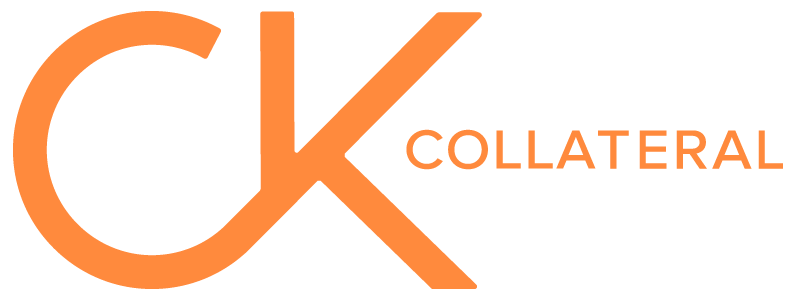Good email marketing can be surprisingly difficult to produce. There are several considerations that will increase the effectiveness of your emails and their value to your reader. Here is my shortlist:
1. What does my reader want to know?
Deliver information that your client or customer is interested in. In what area are you an expert and can provide helpful advice or information? Look at the analytics for your website to see what pages are most frequently visited. Periodically check in with the people who receive your emails. Send a brief survey to ask them if your current content is valuable or if there is other information that could be included. Give specific ideas and leave space for the surveyee to contribute thoughts within the survey as well. People tend to have a harder time when there are no options given than when there are a few options that help bring them into the same frame of mind.
2. Consider multiple audiences and content type.
It may make sense for you to have more than one email channel. Perhaps you are a historical preservation site that has a team of in-house “experts” which offer tours in your community. Your email marketing directed to this volunteer group will vary greatly to the general public (visitors or locals), who likely has less insider knowledge about the site. Similarly, many companies have an internal newsletter for staff as well as an external newsletter that provides updates on their products or services.
3. Use consistent content categories.
Taking advantage of categorical information serves two purposes: a) it helps to guide you as a content creator, making it easier than coming up with something completely new for each email and b) it gives the reader an idea of what to expect. For example, you may do an employee spotlight with each edition – same category, but a new person each time.
4. Don’t write a book.
Readers generally don’t have the patience to read emails containing lengthy text. It’s a common problem for content creators to write too much. Instead of writing everything you want to say in the email itself, link to the web page where the entire article lives or find a way to be more succinct in your writing (I would love to help here). Use active rather than passive voice and make each sentence – each line – count.
5. Use in-house photos whenever possible.
It’s fairly easy to identify stock photos. There is certainly a place and time for using them, but if you’re including a group employee photo, there’s a disconnect if those people don’t actually work for your company. Plan ahead for the content you’ll need and make sure you have coordinating photos that make sense. If you need to arrange to have some taken, planning ahead will prevent a time crunch from becoming a barrier.
6. Determine hierarchy and a readable layout.
What information do you want the reader to see first? It is possible that he/she may not scroll to the bottom of the email, so be sure you prioritize sections. Do you allow enough breathing room between sections (see my post about white space)? Padding will help break up the content and keep it easy to digest.
7. Break up text with visual elements.
In addition to photos, perhaps it makes sense to use a graphic or to arrange a few photos in a collage format. Browse your inbox to find examples of things you like. Sign up for newsletters within your industry to see what others are doing, to be inspired and to set yourself apart.
8. Make subscribing / unsubscribing a breeze.
I personally don’t love being placed on an email list after making a purchase. As best practice, a business should give a customer the specific option to opt in to an email list. This ask can be part of the purchase process, but maintaining a clear checkmark option is ethically crucial. Make a form on your website easy to find. Encourage those currently on your list to tell a friend to subscribe. No one likes to feel forced into something. Unsubscribing should be just as easy – thankfully, email platforms include this by default at the bottom of each email. Of course, the hope is that you are able to meet the reader’s needs and keep your unsubscribe numbers low, but the key is that each person should feel free to change preferences.
What are some of your favorite newsletters and why? I’d love to hear them. Contact me to share your thoughts or to see about how I can improve the effectiveness of your emails.
